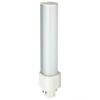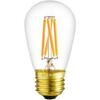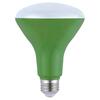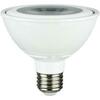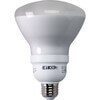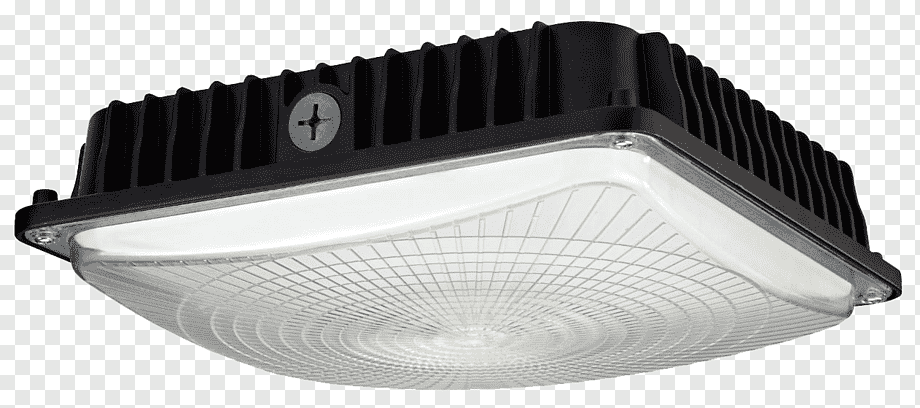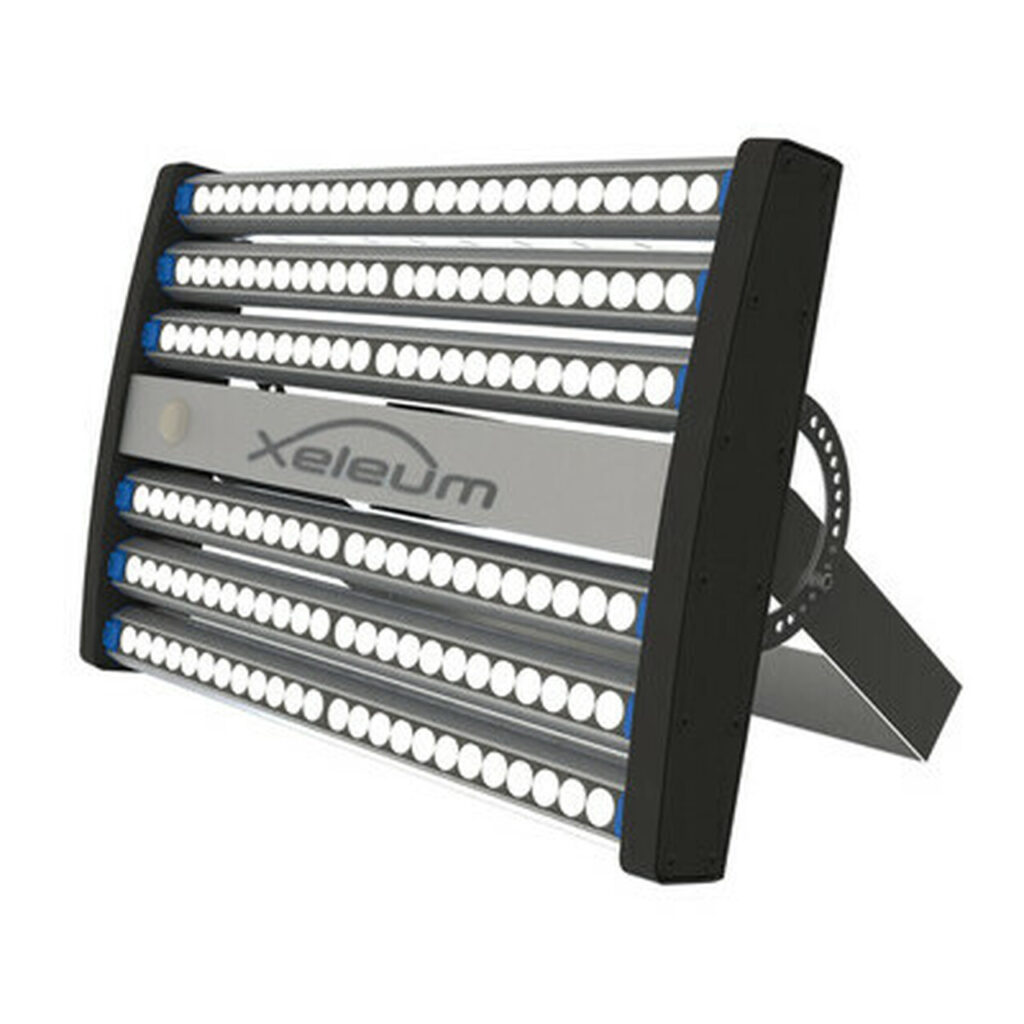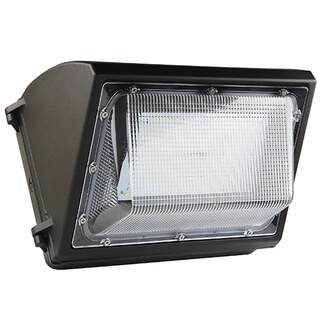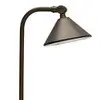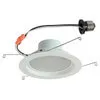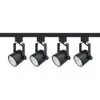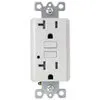Landscape lighting systems are becoming more and more popular among homeowners or even townhome owners within a city district. Think about the last time you drove to a residential area after dark. Chances are, the majority of homes you’ve come across have some form of landscape lighting design. Indeed, today’s professional landscape lighting system brings homeowners a lot of benefits. Of course, there is the obvious aesthetic benefit of shedding light on the unique architectural features of your home. Still, there are many other benefits as well. Some of these additional benefits include increased security, improved security, and increased overall value of your home. To help you create the best landscape lighting design for your property, check out the following tips, tricks, do’s, and don’ts.
The Dos of Landscape Lighting
Use distinct beam strengths throughout the house. Using the same intense light on all accessories can ruin the texture and depth you are trying to achieve and make the landscape look flat.
Use enough lighting to illuminate your property. Many people try to save money by spending less on light fixtures and compensate for this by increasing the brightness of the bulbs they use. It has no other effect than to create an alternation of dark and light areas. If you need to save money, set up your system in stages centered around the house to begin. It not only gives each area the desired shape and feel but also facilitates installation.
Do not only bathe in the light for the canopy but also bathe the tree trunk. The canopy illumination alone gives the tree the appearance of many floating leaves, creating a bewildering spooky effect.
Only illuminate walkways, patios, and trees. It isolates those elements and surrounds them in darkness, which can be frustrating if you’re trying to relax in your garden but can’t see past the shadows at its edges. This problem can be solved by placing lights on the edge of the property in flower beds of plants and trees. It will help integrate these elements into the larger landscape design and give a sense of depth.
The Don’ts of Landscape Lighting
The light walkways and the stairs are the same. Paths are flat surfaces that do not cast shadows. Stairs, on the other hand, will show shades even with the smallest amount of light. For example, lighting the stairs by placing lights above and below makes the lower stairs and the landing extremely difficult to see. One light per step is sufficient for narrow stairs, but you may need to put multiple lights on each step if the stairs are more expansive.
Use ball-shaped lights for every aspect of your home’s exterior. Bullet spotlights are versatile and can be fitted with different bulbs and beams, but they’re still spotlights. When lighting the exterior of your home, limit bullets to corners and architectural details. Use a softer wash light for the facade.
Use solar lights. They produce minimal light and depend on weather conditions. If you are environmentally conscious, install a low voltage LED lighting system that uses 1/10 the energy of a traditional halogen system.















